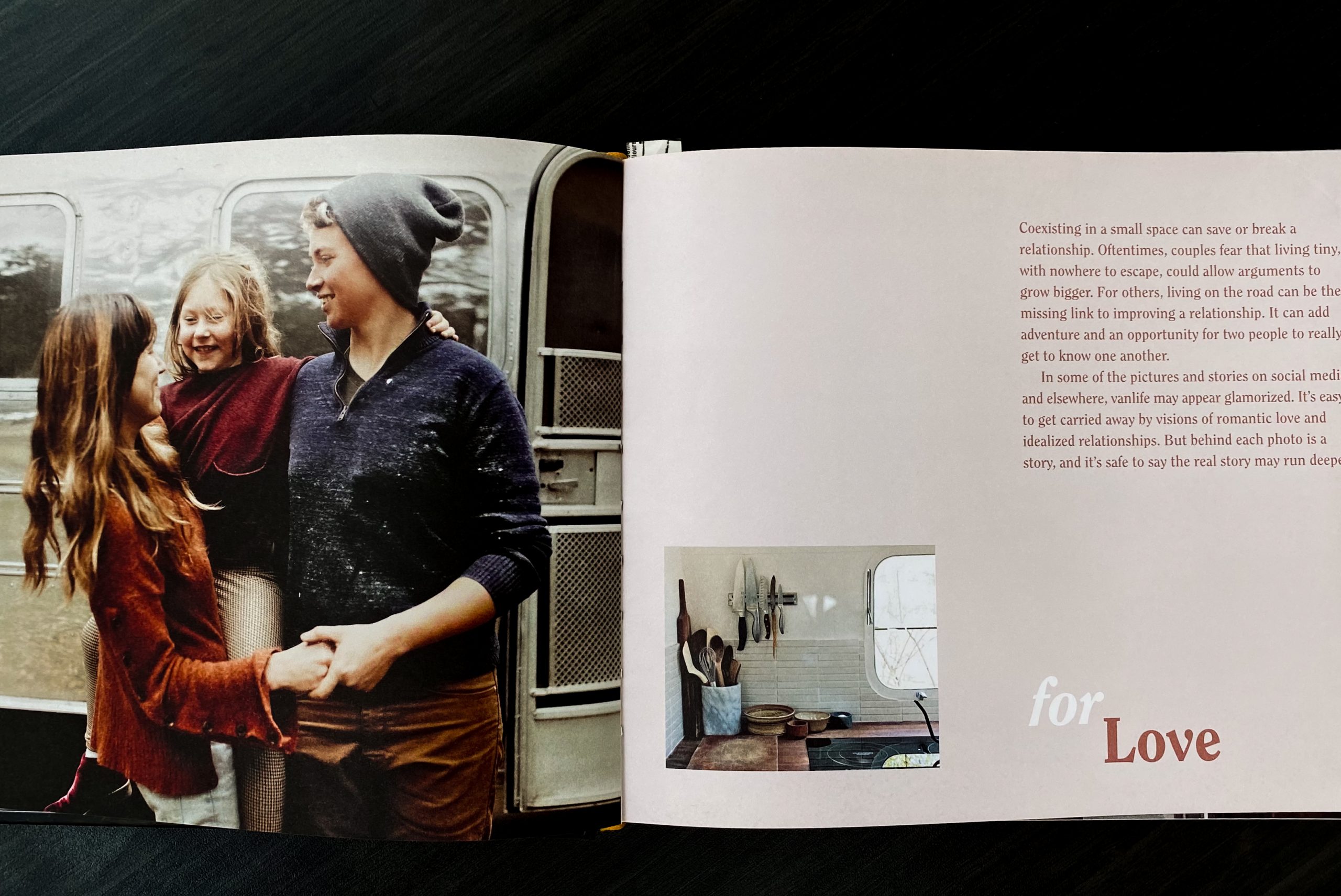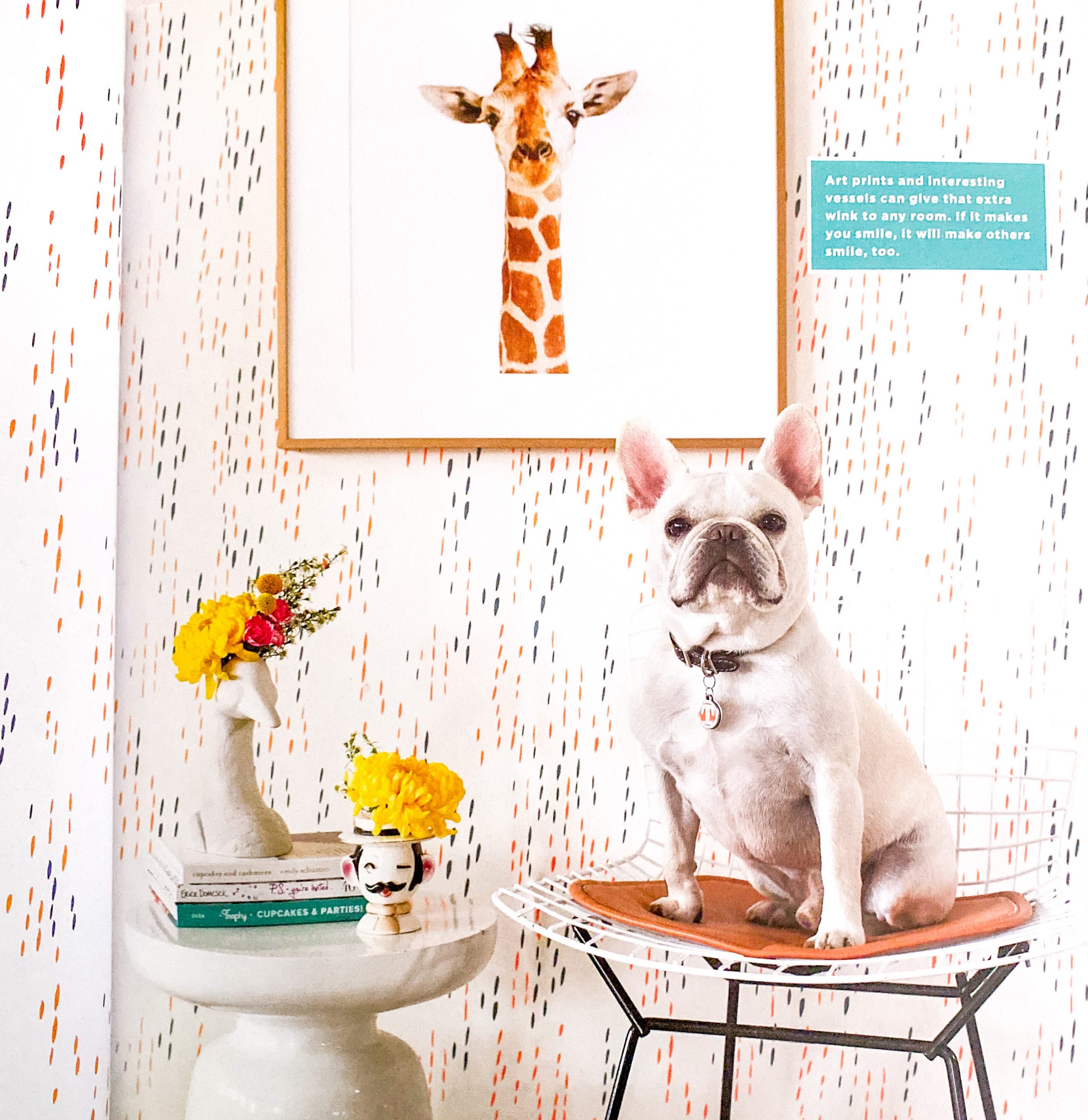Book Notes: “Creativity Sucks”
BOOK NOTES
“Creativity Sucks”
Book by Phil Hansen

Notes by Sarah Verno
20 MARCH 2021
Creativity sucks… well, actually it’s what it requires to be a professional creative that sucks (or even to be a dedicated crafter). It’s the pressure to produce, the sacrifices of time and resources, the exhausting mental games that come from wins and dissapointments and competition and comparisons.
At the same time, creativity is beautiful and glorious and inspiring. In his book, “Creativity Sucks,” Phil Hansen breaks down the common misperceptions for creative professionals to achieve “success”, how to work past creative blocks, and why it’s all still worth it.

Phil Hansen, author of “Creativity Sucks”

Stay curious.
Be an information sponge. Learn new things. The more you discover about the world, the more you will spark your curiosity and, in turn, spark your creativity.
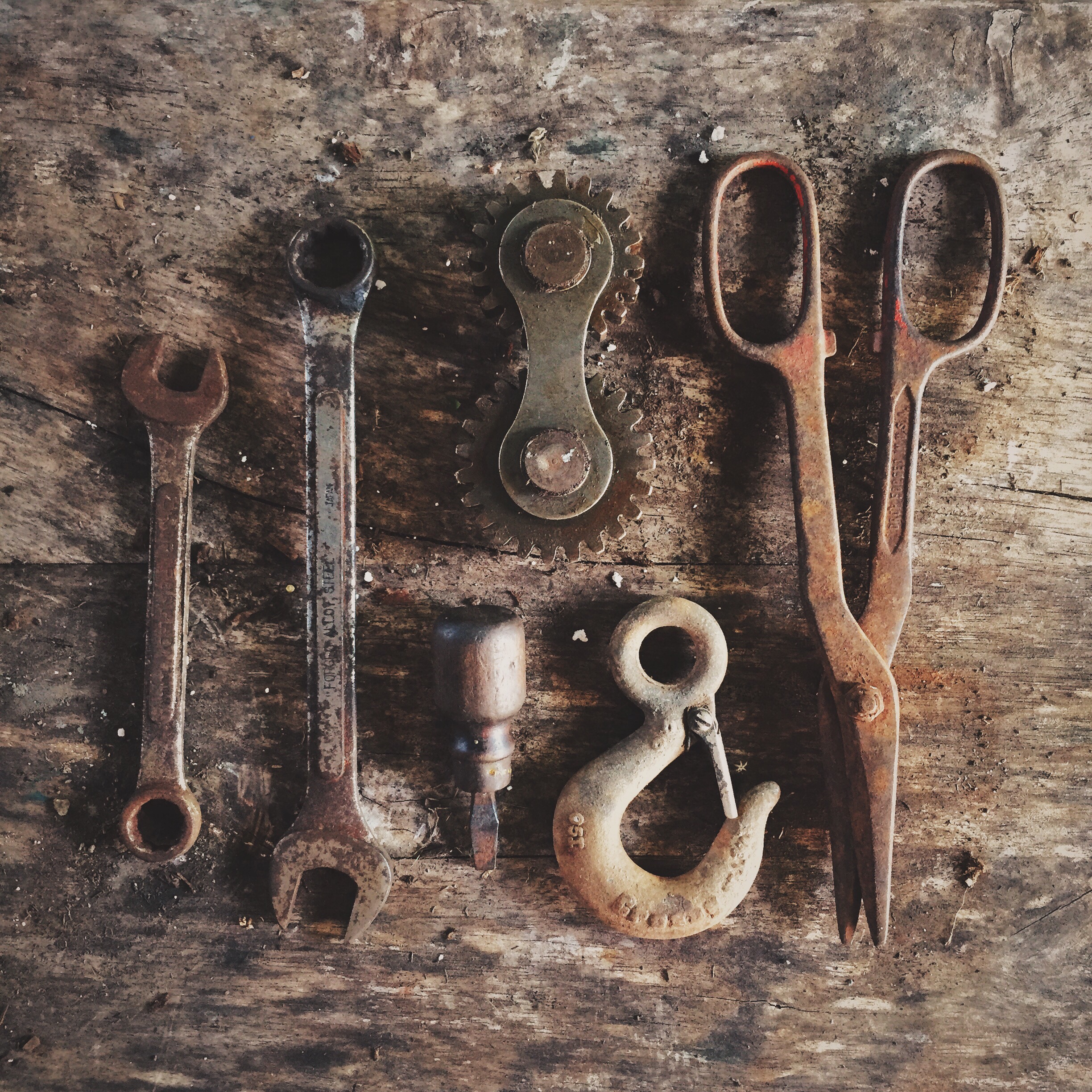
At the same time, don’t let an obsession with learning get in the way of actually creating. Stockpiling information is only so beneficial. In fact, collecting piles of information can actually cause creative paralysis.
“Constantly learning is essential… this is how you will begin to see the world in a more nuanced way, which will help you create more intelligent and nuanced art.”
Phil Hansen, author of “Creativity Sucks”

Success and failure are actually the same thing
“There is no such thing as failure, since after every hit and miss, you have to move in and create more work anyway.…
And never forget that the one thing this project has in common with every other project you’ve done is – it always leads to the next project. Trust your process and just keep creating.”
Phil Hansen, author of “Creativity Sucks”
Embrace your crazy.
As artists and creators, we’re all a little bit cray cray, and that’s completely ok. A little irrational confidence can help you move past the roadblocks you’ll quickly and frequently encounter as an artist.

“Luck is possible, but usually there is hard work and certain things that actually take place to make it possible. It requires staying dedicated to your art, willingness to take risks, and relentless passion and courage to see things through.”
Phil Hansen, author of “Creativity Sucks”
Fail more & Fail often.
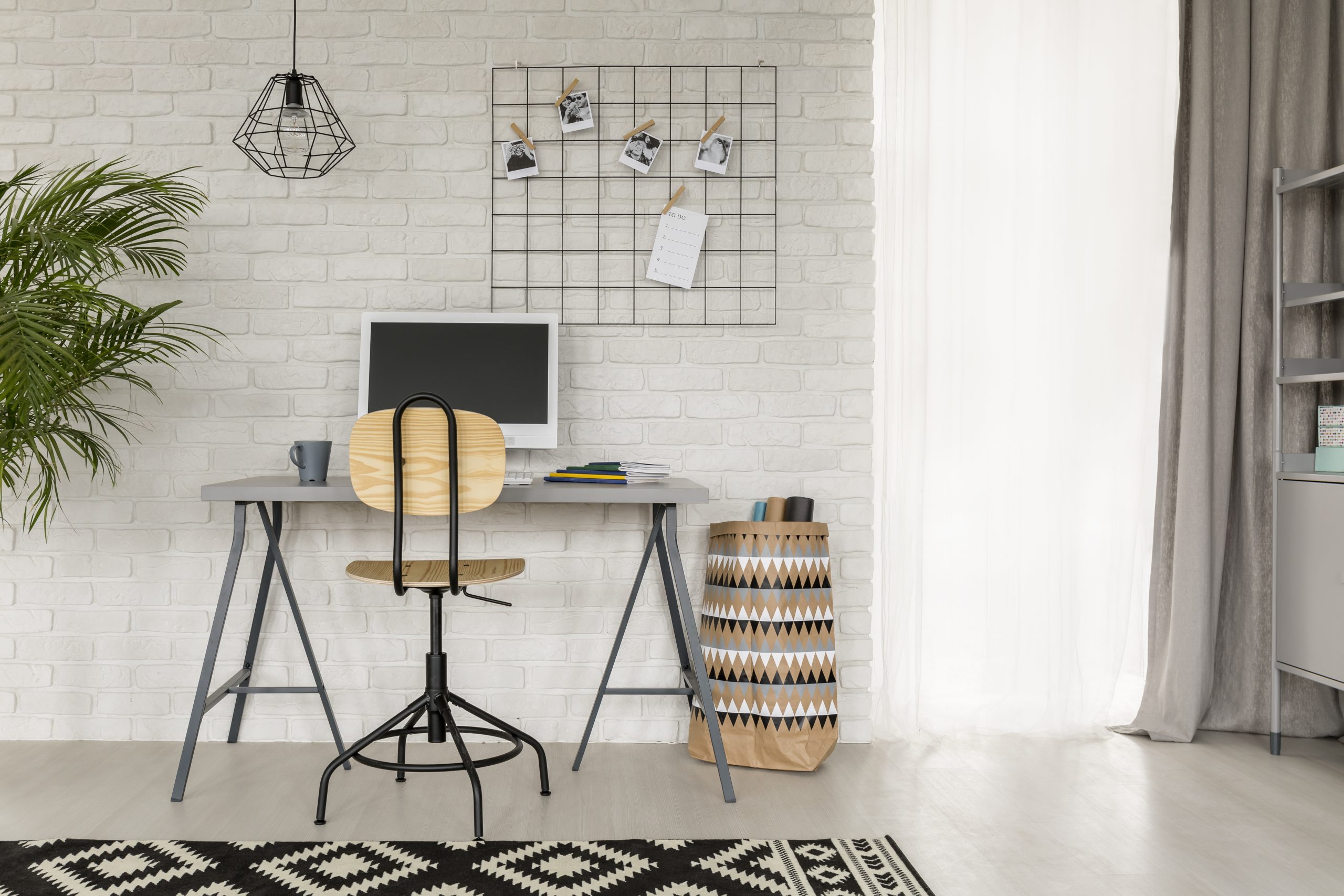
If you want to be successful as an artist, no matter how you define success, it requires staying dedicated to your art, willingness to take risks, and relentless passion and courage to see things through, even if they don’t turn out the way you wanted.
“Risking failure helps keep your creativity from stagnating, so you’re not falling into the success loop and ‘selling out.’
Your mind is your greatest commodity. Keep investing there.”
Phil Hansen, author of “Creativity Sucks”
Give yourself a break, for crying out loud.
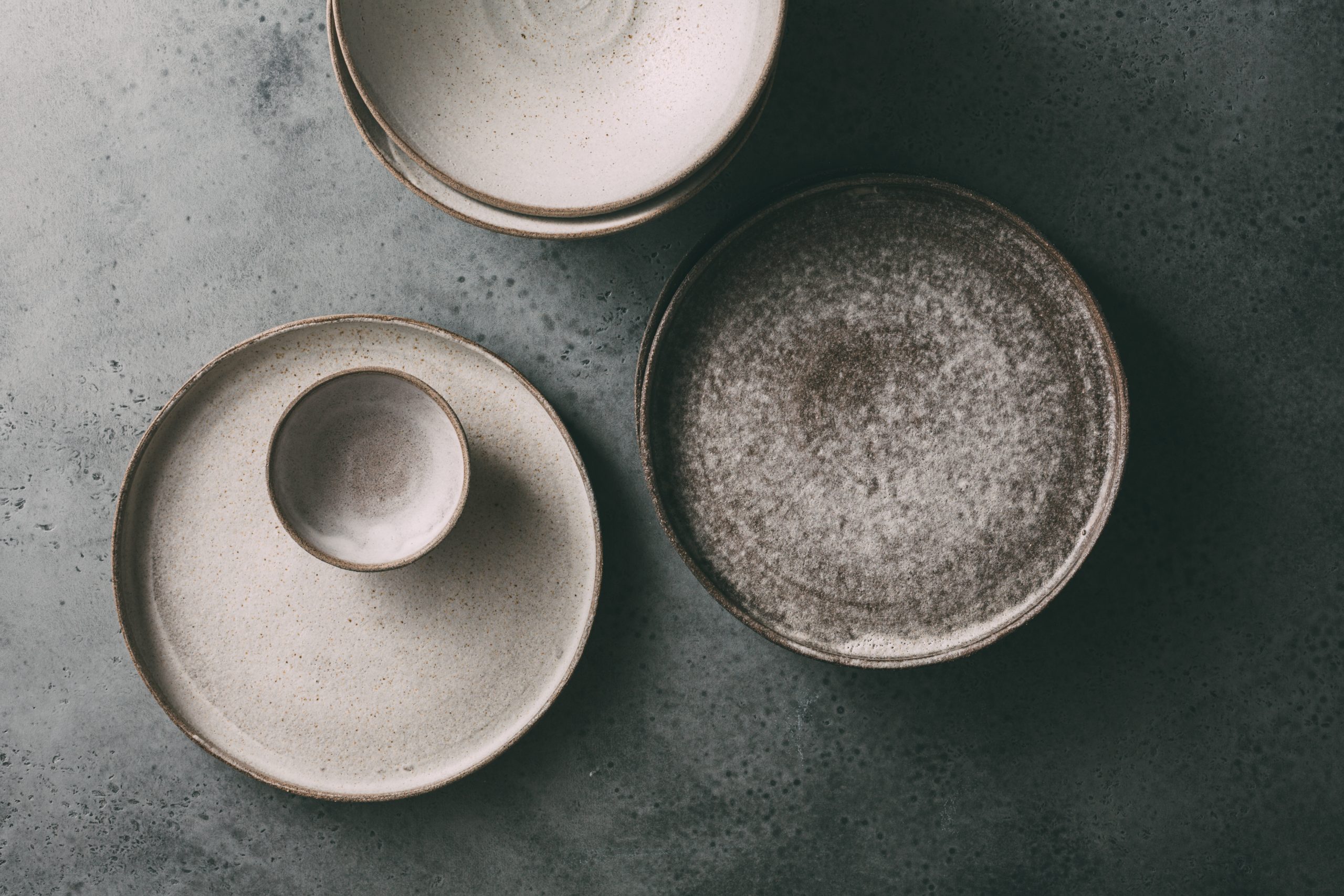
It takes guts and grit to put your art out there. Compare and despair. Self-loathing is not tough love – it only lowers inspiration and destroys self-esteem. At the end of the day, it is completely counterproductive to anything good.
“’Waiting for inspiration is a game that’s not rigged in your favor.’ If your goal is to produce work, waiting is just going to hold you up. You don’t need inspiration to create art. Waiting for inspiration means you are relying on something outside of your control to influence and get you going. “
Phil Hansen, author of “Creativity Sucks”









